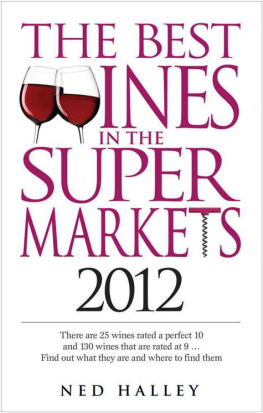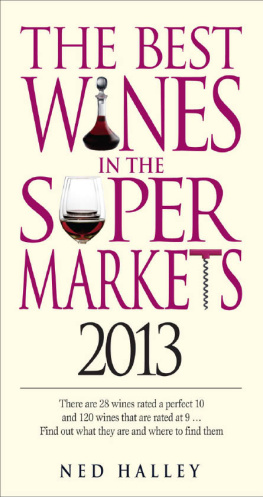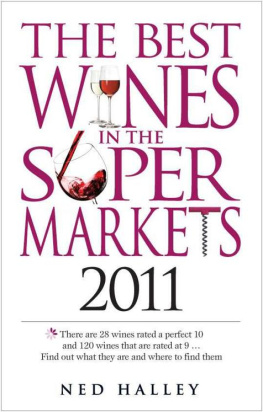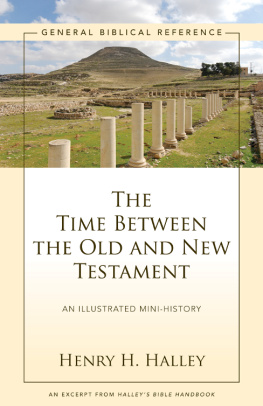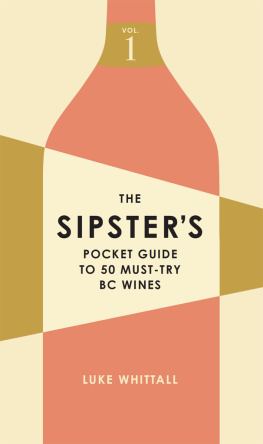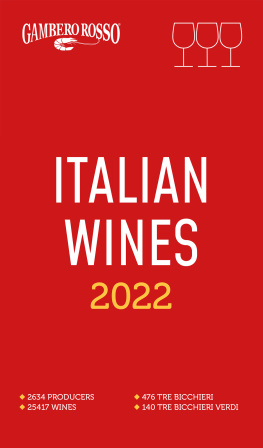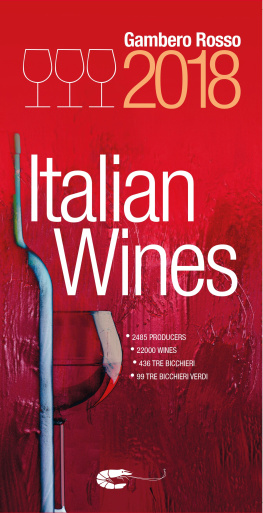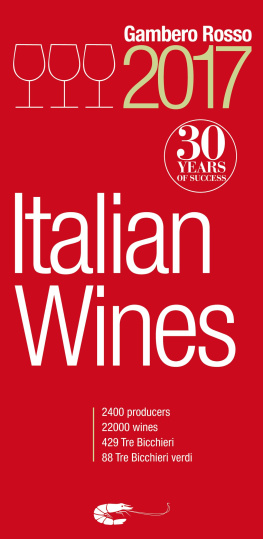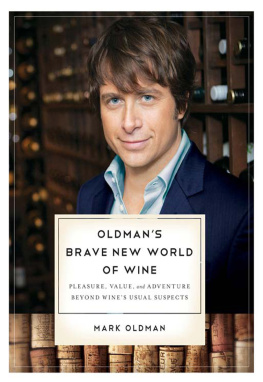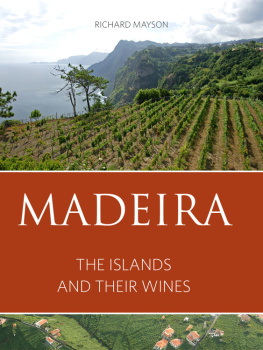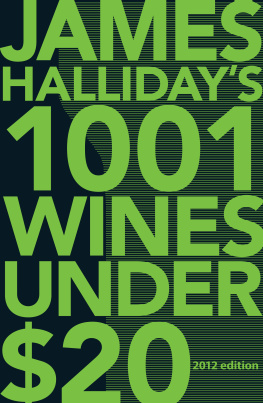
Table of Contents
What's good about the wines in the supermarkets?
After tasting supermarket wines by the thousand for more years than I now wish to count, I am convinced that they are better today than they have ever been. The wines are more diverse in sheer number, and also in terms of location, grape variety, style and price. Go into any supermarket that takes its wines seriously, and you should find something you like, whatever your taste.
I think this is marvellous. Thanks largely to the supermarkets, wine has become an 'everyday' shopping item. We are nearly a wine-drinking nation in the manner of our continental neighbours, now that we get through about 1.8 billion bottles a year. That means every Briton gets through just over half a bottle of wine every week.
Well, put that way maybe it doesn't sound much, but bear in mind that not everyone drinks wine. By the time you've extracted juveniles, teetotallers, and the one third of adults who don't really like wine, the people who do drink it are probably accounting for a whole bottle per week. Just imagine.
It's true that most of the wine is of what might be called incidental quality. By that I mean it's familiar and affordable and, incidentally, it tastes OK. The big names from Australia, California and South Africa that take up so much space on supermarket shelves and behind the counters of pubs and bars do indeed account for the bulk of all wine sales.
Alarms are regularly sounded in the wine trade that these global brands are squeezing out the characterful wines, made on a much smaller scale, that are the perceived soul of the business. But I don't believe a word of it.
The wine business is like any other. Give the customers what they want. All of them. Of course, the big chains sell no end of Arniston Bay and Blossom Hill to the customers who want them. That's the great majority of supermarket customers. But the chains also serve their comparatively tiny contingents of dedicated wine enthusiasts with equal energy and determination.
It makes me feel very happy to wander along the wine aisles of a big Asda, Tesco or Waitrose and to contemplate the astonishing choice on offer. I know they had wine lovers like me in mind when they set out to find so much of what is on display. They are catering with enormous generosity to a tiny minority. I am thrilled that the buyer believes I want to choose between a Campania Fiano and a Puglia Falanghina, a Duero or a Douro, a Pouilly-Fum or a Pouilly-Fuiss.
This isn't in some esoteric cellar far beneath the pavements of St James's in London. This is a few seconds' squeak behind your trolley from the baby food and bog rolls. It is, as I keep telling myself, brilliant.
Not everyone agrees with me. In 2011, Alcohol Concern revealed that it had conducted a survey in four stores - Asda, Morrisons, Sainsbury's and Tesco - and had found that, in the words of the charity's chief executive, Don Shenker: 'It's now common practice to sell wines next to ready meals, pushing the idea that a relaxing meal should be accompanied by an alcoholic drink. Such practices promote alcohol as a normal commodity, like any other type of food or drink.'
To this, Mr Shenker added that 'with 75 per cent of alcohol being purchased by people drinking at hazardous or harmful levels, it is incumbent on retailers to act responsibly. Saturating every aisle of a store with alcohol displays demonstrates once again that big supermarkets are intent on placing their profits above public health.'
I include Mr Shenker's pronouncement on this topic because it is only proper to take a balanced view. But is he right? It is axiomatic that drinking wine with food is the least harmful way to take alcohol on board. There is even evidence that wine taken with food has positive benefits for health. And if it is true that three-quarters of all alcohol is consumed by people hazarding or harming their health by doing so, one can only wonder how many of those are accounted for by supermarket customers who like a glass of wine with their supper.
It is not fashionable to defend the supermarkets, but I believe Mr Shenker does them an injustice by claiming they intend to profit by endangering public health. What sort of people does he think actually work in supermarket retailing?
Time to return to the positive. And let's start with pricing. Be in no doubt that supermarket wines are better value right now than they have ever been. At a time of high overall inflation at around 5 per cent, and with the most punitive alcohol excise rates in the Western world, wine prices have increased only marginally this year over last. The excise on a bottle of table wine rose to 1.81 in the 2011 Budget, just after VAT had been raised to 20 per cent. VAT is payable on excise, so the starting price of a bottle of wine on the shelf is 2.18.
And yet there are wines I am happy to recommend in this year's edition that cost as little as 3.39. On that bottle (of Sainsbury's Corbires) the taxes account for 2.35, leaving a shade over a quid to cover everything else including the supermarket's mark-up.
Don't ask me how they do it, especially when wines from the puffed-up euro zone and recovering New World producing countries have to be paid for with our own chronically ailing currency. And yet all the major retailers still persist in discounting large numbers of their wines, all the time.
It's true that many of these promotions are cynical scams - you know the sort of thing, a 3.99 wine goes on the shelf for a period at 7.99 and then is 'halved' in price with great fanfare back to 3.99 again - but plenty of wine bargains are the genuine article. In the listings in this edition, I have tried to mention when particular wines have, in the recent past at least, been regularly discounted.
On the whole it is the branded wines that go on price promotion. This is because it's mostly the supplier, rather than the retailer, who funds the discount. It is different with supermarket own-label wines. These are more realistically priced in the first place, partly because you're not paying for the huge cost of brand support.
And of course own-label wines are made with the close participation of the retailer, whose price agreement with the supplier is contractual. It's less easy for the supermarket to bully the supplier into funding a price promo on pain of having his wines cleared from the shelves if he doesn't divvy up.
Own-label wines are the true growth area in supermarkets. All the Big Four are extending their ranges, at all sorts of price levels, very busily indeed. Tesco is to launch an entry-price range under the banner 'Simply', in counterpoint to its excellent 'Finest' range, and as a rival to Sainsbury's 2010-launched 'House' wines, which have been an overnight sensation. Morrisons has only just got into gear on this front, but makes an impressive start this year with three distinct ranges.
Marks & Spencer, of course, does nothing but own-label wines. The Co-op does fewer than might be expected, but I anticipate there will be more wines under The Co-operative brand in the near future. Waitrose, with the biggest range overall, again has surprisingly few own-labels, sticking to a small selection of 'Waitrose in Partnership' wines.
But bear in mind that Waitrose has only relatively recently expanded to its present size. Not much over a decade ago, it was a regional retailer (London and the southeast) with 100-or-so stores. Today, it's a major national operator with 243 supermarkets, planning to extend that network to 400 in the next few years. Own-label wines are only economic when you have scale, and scale is something Waitrose is fast acquiring.
Next page
